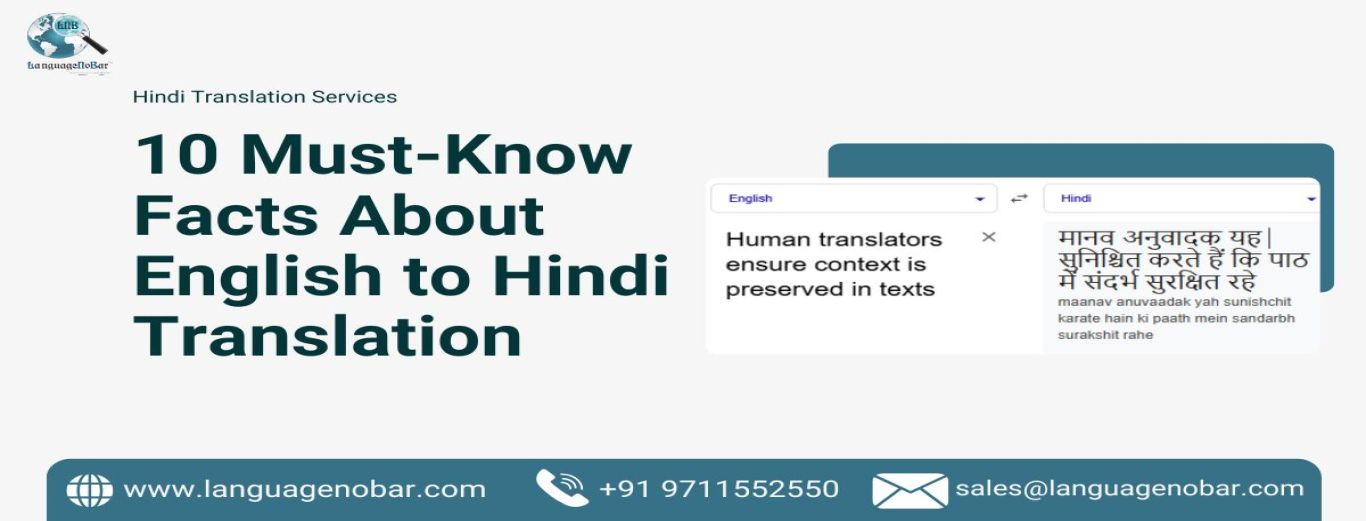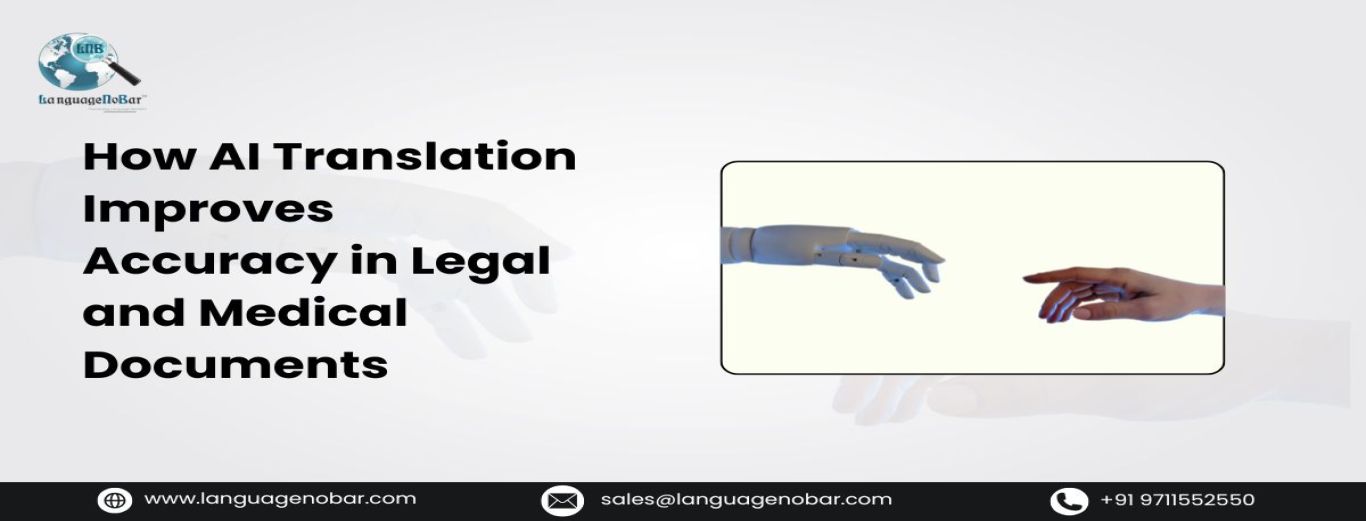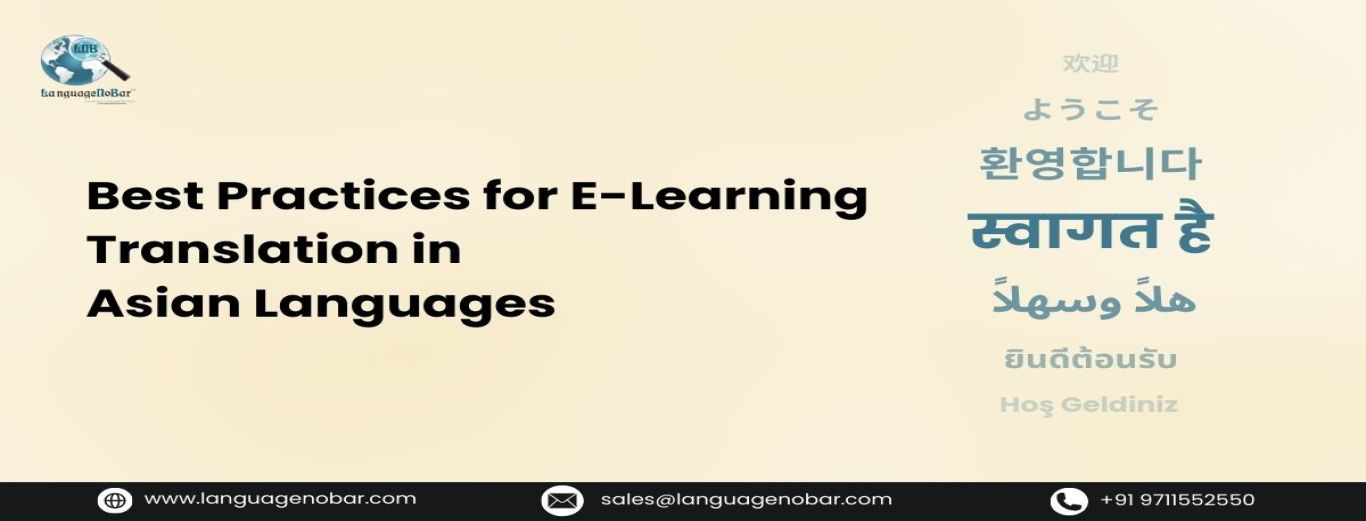10 Must-Know Facts About English to Hindi translation
- Blog
- Comments (0)
10 Must-Know Facts About English to Hindi translation
There are about 600 million Hindi speakers spread across the world. It is the most widely spoken language in India and is used in official documentation by the government of India.
Every advertisement, communication and even D2C apps, in India try to develop a Hindi version when it needs to go to the grassroots level across the country. A well-executed translation strategy can have multifold benefits for your brand by increasing visibility by capturing an extensive market. Increasing Indian diaspora across the world will also create a further need for English-to-Hindi translation. Here are a few factors to keep in mind while availing Hindi translation services,
Hindi is a complex language
Hindi is a highly evolved language with its roots in Sanskrit, Awadhi, Urdu, and many other smaller languages. This has led to Hindi having an elaborate vocabulary and complex grammar. The structure of a sentence follows a Subject-Object-Verb (SOV) pattern as opposed to the Subject-Verb-Object (SVO) pattern commonly observed in English. One complication widely found in Hindi is changes in verbs based on gender, which can create confusion if you are not familiar with the language. Hindi dialect is still influenced by what is the prominent indigenous language.
Cultural Context
Multiple states in India speak Hindi as their first language, but not all Hindi are the same. Understanding cultural nuances to relate to the audience better. Culturally West Bengal and Haryana have many differences though both speak Hindi as one of the main languages despite having their native tongue. Understanding their taste and preferences and tweaking translation accordingly is beneficial for better targeting.
Variation in dialect
Hindi in Maharashtra influences Marathi while Hindi in Rajasthan is affected by Rajasthani and Marwadi. These subtle regional differences can change the tone of the language entirely. While localizing, professional translation services will have to cater to local preferences and sensitivity, where the dialect plays a significant role.
Word-to-word translation can be a tricky
Hindi has a large pool of literature and the vocabulary is influenced by pop culture of Bollywood. A lot of idioms and phrases that are commonly parlance in English may not make any sense in Hindi and vice versa. When you say it is “raining cats and dogs” in English, their literal translation in Hindi will not be useful. There are also words in English with multiple meanings. For example, the word “Right” can mean correct or simply a direction. So providing context to the translator can dictate the success or failure of the project.
Honorifics, prefixes and suffixes
In English, honorifics are quite limited to Mr., Mrs., and Miss while in Hindi there are various prefixes and suffixes such as Shriman, Shrimati, and Ji. This may not be directly implied in English, which needs an expert eye with cultural understanding to be used effectively. Translation services in India will already be aware of this aspect as it is not just a feature of Hindi but multiple other Indian languages as well.
Origin of Hinglish
Hindi has a wider vocabulary, owing to the variety of dialects it is spoken in. This gives translators flexibility to use words that are not purely Hindi or English. Transliteration writing English words in Hindi script or vice versa, when a substitute is not available. Due to evolving language preferences, the prominence of the internet, and globalized work culture, rather than pure Hindi many translators tend to work on “Hinglish” to connect with the audience better.
Optimization for SEO and UI
Avoid overcrowding of keywords in the content. Meta tags and URLs should have Hindi that is Unicode friendly. Technically sound translators and design teams should work hand in hand to use universally supported fonts for a responsive UI. Visual consistency needs to be maintained when translating content for various content such as blogs, articles, information and directional in media.
Working with search volume
Most searched words do not have a Hindi equivalent. Understanding the user intent and using transliteration or literal translation is a call translators need to take wisely. “Buy shoes online” may be more SEO optimized if you simply use Online in Hindi script rather than translating the word literally. This is because a user looking to buy shoes on the internet will search for the word as it is.
Complying with Legal standards
Hindi being an official language of the Indian government, also gives it prominence in financial and legal services. Spoken Hindi and official Hindi are widely different. While nobody really uses “Sanchika” as a word for file in common parlance, you can find it widely in the official documentation. The translator should have specific skills that would comply with the needs accordingly. For example, healthcare has standards set by the ICMR (Indian Council of Medical Research).
Testing and Monitoring
Hindi translations should have a pilot run, especially to weed out UI text where many challenges like character limit and spacing can cause issues. Since ranking of the translated content in search engines takes some time to gauge. Tracking performance using Google Analytics and other website traffic analysis will help in determining how effective the translation was.
English to Hindi translation already has multiple takers ranging from SaaS to medicine. Professional translation services should focus on converting the content with quality, leveraging the right technology to maintain consistency and clarity, and being a bridge to disseminate accurate information. Select a translation partner who will know the exact audience, the type and dialect of Hindi they speak, and where to use transliteration to connect with the audience better.






